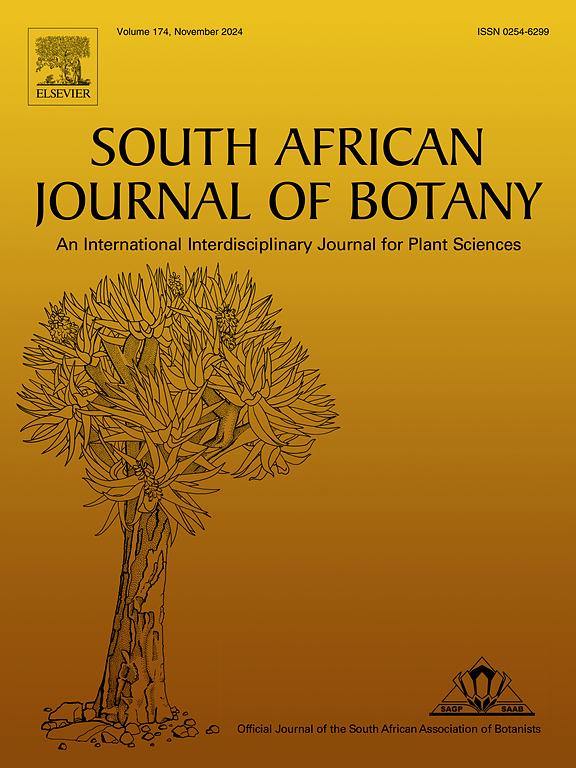药用和食用大麻:效益与风险的关键评估
IF 2.7
3区 生物学
Q2 PLANT SCIENCES
引用次数: 0
摘要
由于大麻中含有重要的植物化学物质,主要是大麻二酚(CBD)和Δ-9-四氢大麻酚(THC),大麻的保健用途继续受到广泛关注。大麻二酚和四氢大麻酚在治疗癌症相关慢性疼痛、焦虑、压力、恶心、呕吐和减肥方面的治疗潜力已得到广泛报道。这些益处是由大麻素与它们在内源性大麻素系统(ECS)中的受体之间错综复杂的相互作用引发的药效学作用。相反,可能存在的生理、精神、认知、成瘾和依赖风险,尤其是长期摄入四氢大麻酚所带来的风险,是充分利用大麻临床功效的巨大限制。在此,我们将对大麻和含大麻产品的潜在优点和不良影响进行最新评论。对 CBD、四氢大麻酚和 ECS 之间相互作用的透彻了解,可以为消费者的健康提供深刻的见解,而不会带来随之而来的并发症。大麻研究的未来方向必须以对其分子作用机制和潜在风险的深入了解为指导,从而开发出有针对性的有效医疗干预措施。此外,有实证支持的标准化法规和全面教育对于促进安全、负责任地使用大麻作为食品或药物至关重要。本文章由计算机程序翻译,如有差异,请以英文原文为准。
Cannabis for medicine and food: A benefit vs risk critical appraisal
The use of cannabis for health purposes continues to gain significant attention due to the presence of important phytochemicals, chiefly, cannabidiol (CBD) and Δ-9-tetrahydrocannabinol (THC). The therapeutic potentials of CBD and THC in the management of cancer-associated chronic pain, anxiety, stress, nausea, vomiting, and weight loss are well-reported. These benefits are triggered by the intricate interactions of the cannabinoids with their receptors in the endocannabinoid system (ECS) leading to pharmacodynamic actions. Conversely, the possible physiological, psychiatric, cognition, addiction, and dependency risks, especially due to chronic intake of THC, are huge limitations in fully harnessing the clinical utility of cannabis. Here, an up-to-date critique of the potential merits and adverse effects of cannabis and cannabis-containing products is provided. A thorough knowledge of the interplay between CBD, THC, and the ECS gives deep insights that can be explored for consumer health without the attendant complications. Future directions in cannabis research must be guided by a nuanced understanding of its molecular mechanisms of action and potential risks, enabling the development of targeted and effective medical interventions. Besides, standardized regulations and comprehensive education that are backed by empirical evidence are crucial to fostering the safe and responsible use of cannabis for food or medicine.
求助全文
通过发布文献求助,成功后即可免费获取论文全文。
去求助
来源期刊

South African Journal of Botany
生物-植物科学
CiteScore
5.20
自引率
9.70%
发文量
709
审稿时长
61 days
期刊介绍:
The South African Journal of Botany publishes original papers that deal with the classification, biodiversity, morphology, physiology, molecular biology, ecology, biotechnology, ethnobotany and other botanically related aspects of species that are of importance to southern Africa. Manuscripts dealing with significant new findings on other species of the world and general botanical principles will also be considered and are encouraged.
 求助内容:
求助内容: 应助结果提醒方式:
应助结果提醒方式:


